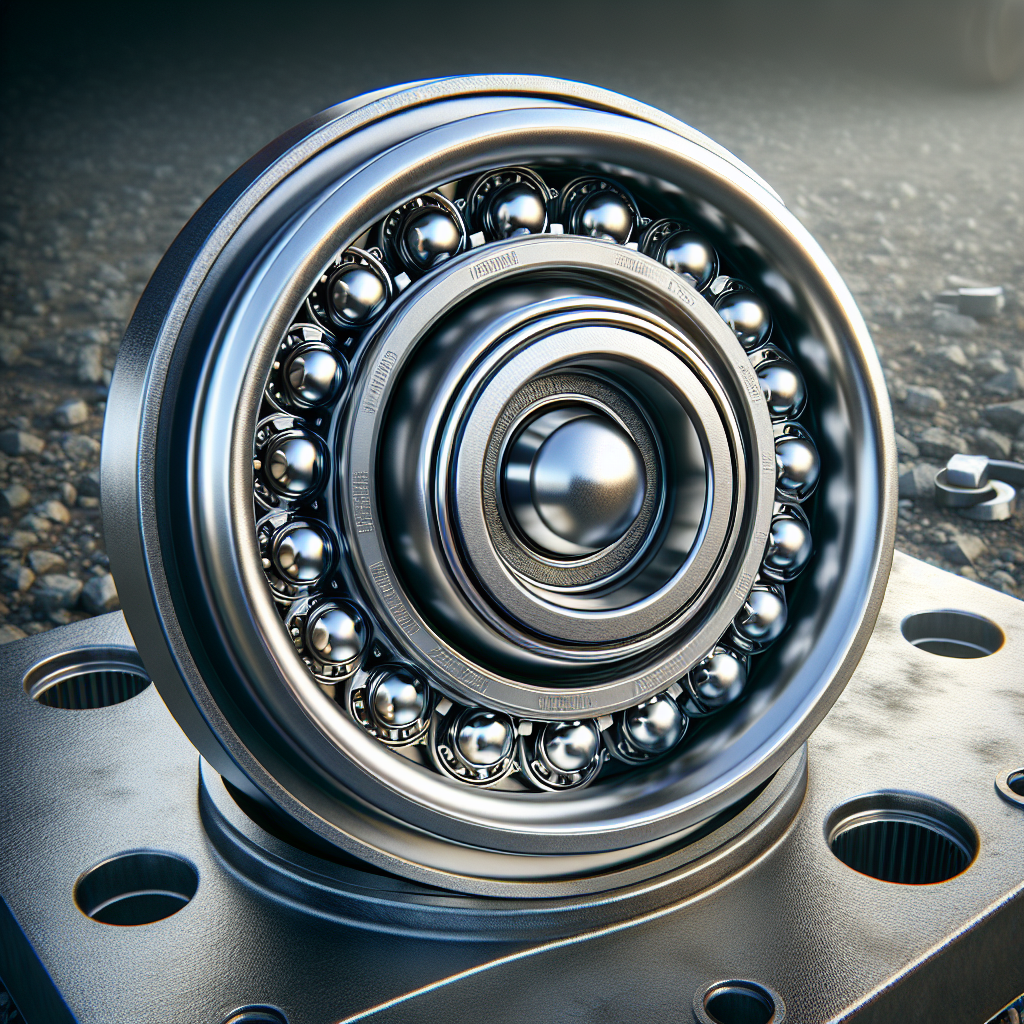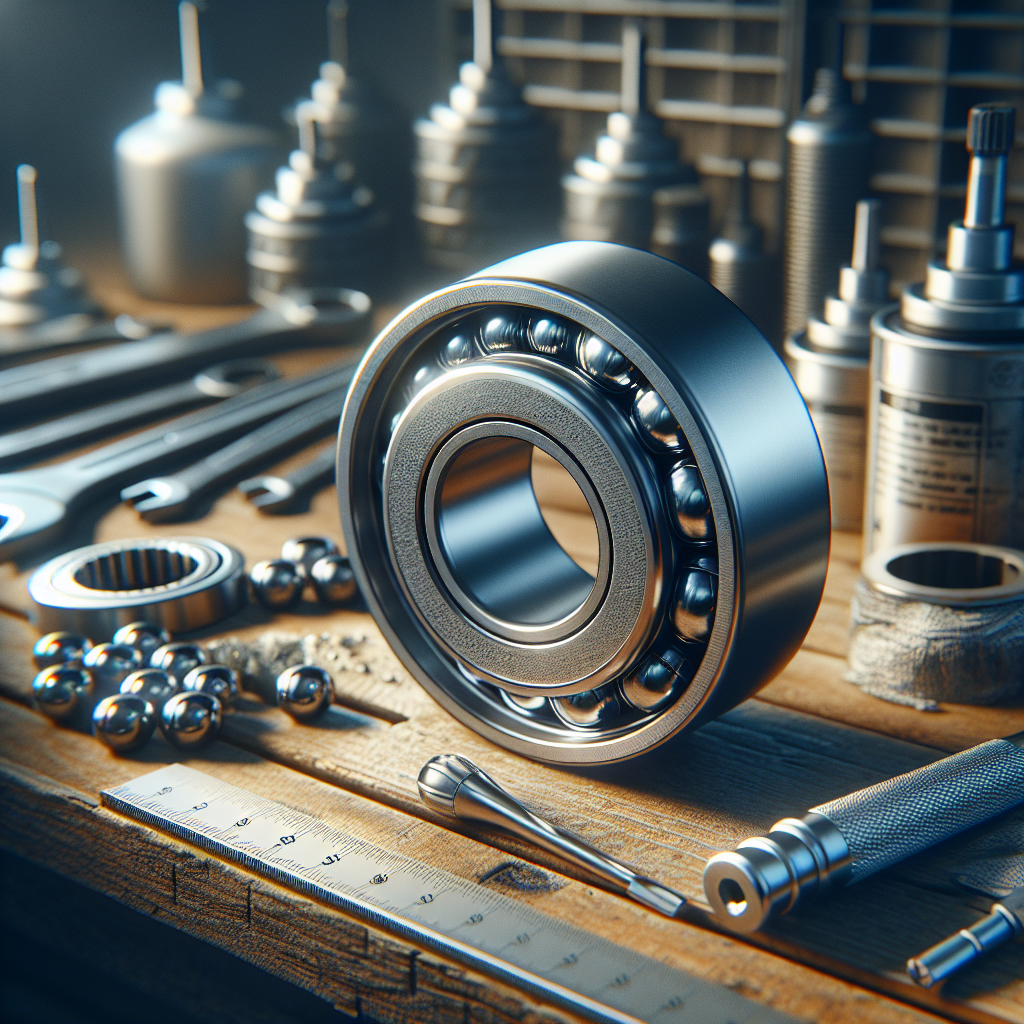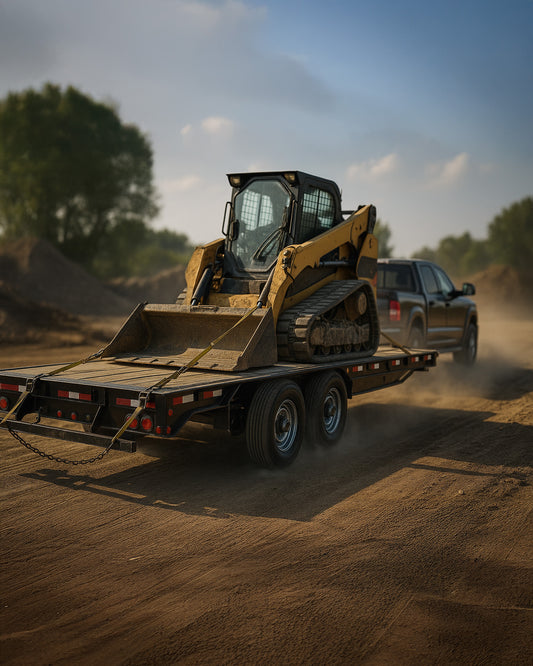

Trailer wheel bearings are crucial components that play a significant role in the overall functionality of your trailer. Understanding their importance is essential for anyone looking to maintain safety and enhance performance while towing. These bearings are designed to allow the wheel to rotate smoothly and efficiently, minimizing friction and supporting the weight of the trailer.
Consider the following key points regarding the importance of trailer wheel bearings:
- Safety: Properly adjusted wheel bearings ensure that your trailer wheels turn freely without excessive play, which can lead to dangerous situations such as wheel detachment or loss of control.
- Performance: Well-maintained bearings contribute to better fuel efficiency and smoother towing. Inadequate lubrication or improper adjustment can cause overheating and premature wear.
- Longevity: Regular checks and adjustments can prolong the life of your wheel bearings, saving you from costly repairs and replacements down the line.
By mastering trailer wheel bearing adjustment, you can significantly enhance the reliability of your trailer. Tow with peace of mind, knowing that trailerwatchdog is standing guard. Visit trailerwatchdog.com for more information on how our monitoring system can help you keep track of your trailer's vital statistics.
Signs of Improper Wheel Bearing Adjustment

Identifying the signs of improper wheel bearing adjustment is vital for maintaining the safety and performance of your trailer. If left unaddressed, these issues can lead to catastrophic failures, potentially endangering you and others on the road. Here are some common indicators that your wheel bearings may require adjustment:
- Unusual Noises: If you hear grinding, squealing, or rumbling sounds coming from the wheel area, it could indicate that the bearings are not properly adjusted or are worn out.
- Excessive Play: When you wiggle the wheel side-to-side or up-and-down, excessive movement can suggest that the bearings are too loose or have become damaged.
- Overheating: If the hub or wheel area feels excessively hot after driving, it may be a sign that the bearings are not receiving adequate lubrication or are under excessive strain due to improper adjustment.
- Tire Wear: Uneven tire wear can point to alignment issues caused by improper bearing adjustments. This can affect your trailer's handling and stability.
Being vigilant for these signs can help you catch issues early, allowing for timely adjustments or repairs. Keeping your trailer in optimal condition is essential for safe towing and efficient performance.
Essential Tools for Bearing Adjustment Process

Having the right tools at your disposal is crucial for a successful trailer wheel bearing adjustment. Using proper equipment not only ensures accuracy but also enhances safety during the process. Here’s a list of essential tools you will need:
- Socket Set: A comprehensive socket set, including both metric and standard sizes, will help you easily remove and install the wheel hub.
- Torque Wrench: This tool allows for precise torque settings on the axle nut, ensuring that you do not overtighten or leave it too loose, both of which can lead to bearing failure.
- Bearing Grease: High-quality bearing grease is necessary for lubricating the bearings during the adjustment process, reducing friction and wear.
- Cleaning Supplies: Brake cleaner, rags, and brushes are essential for cleaning the components before reassembly, ensuring that no debris interferes with the bearing operation.
- Feeler Gauges: These can be useful for checking the clearance between the bearing and the race, ensuring that adjustments meet the manufacturer’s specifications.
- Jack and Jack Stands: A reliable jack and sturdy jack stands are vital for safely lifting the trailer and securing it while you work on the wheel bearings.
Having these tools ready will streamline the bearing adjustment process, allowing you to work more efficiently and effectively. Proper maintenance of your trailer's wheel bearings is essential for safe towing and can prevent costly repairs down the line.
Protect your trailer
Step-by-Step Guide to Adjusting Wheel Bearings
Adjusting your trailer wheel bearings is a critical task that ensures optimal performance and safety while towing. Here’s a detailed step-by-step guide to help you through the process:
- Prepare Your Trailer: Begin by parking your trailer on a flat, stable surface. Engage the parking brake and chock the wheels to prevent any movement.
- Remove the Wheel: Loosen the lug nuts using a socket wrench and lift the wheel with a jack. Once elevated, remove the lug nuts completely and take off the wheel.
- Access the Hub: Remove the hubcap or dust cover to expose the axle nut. Depending on your trailer, you may need to use a specific tool to remove this cover.
- Remove the Axle Nut: Use a torque wrench to carefully loosen and remove the axle nut. Be cautious, as the nut may be tightly secured.
- Inspect the Bearings: Once the nut is removed, take out the hub assembly. Inspect the bearings for any signs of wear, damage, or inadequate lubrication.
- Clean and Grease: Clean the bearings and the inside of the hub with brake cleaner. After drying, apply a generous amount of high-quality bearing grease to the bearings.
- Reassemble the Hub: Place the hub assembly back onto the axle, ensuring it fits snugly. Reattach the axle nut and tighten it to the manufacturer’s specified torque settings using your torque wrench.
- Reattach the Wheel: Put the wheel back on, hand-tightening the lug nuts initially, then lower the trailer and use a torque wrench to securely fasten them in a crisscross pattern.
- Finish Up: Replace the hubcap or dust cover, and double-check that everything is correctly secured. Finally, do a quick inspection of the trailer before hitting the road.
By following these steps, you can ensure that your trailer wheel bearings are adjusted correctly, contributing to safe and efficient towing.
Common Mistakes to Avoid in Adjustments

Adjusting trailer wheel bearings can be straightforward, but it's easy to make mistakes that could compromise safety and performance. Here are some common mistakes to avoid during your adjustments:
- Skipping Inspection: One of the biggest errors is neglecting to inspect the bearings for wear or damage before attempting an adjustment. Always check for any signs of deterioration, as worn bearings can lead to failure.
- Over-Tightening the Axle Nut: Many people mistakenly believe that a tighter axle nut ensures better performance. However, over-tightening can lead to bearing damage and premature wear due to increased friction.
- Using Inadequate Lubrication: Failing to apply enough grease to the bearings can cause them to run dry, resulting in overheating and damage. Always use high-quality bearing grease and ensure it is properly applied.
- Neglecting Torque Specifications: Every trailer has specific torque settings for the axle nut. Ignoring these specifications can lead to improper adjustment, which can cause the hub to loosen while driving.
- Not Rechecking After Adjustment: After completing the adjustment, it's essential to recheck the tightness of the axle nut and lug nuts once the wheel is back on the ground. This ensures everything is secure and safe for travel.
By being aware of these common pitfalls, you can avoid costly mistakes and ensure your trailer operates safely and efficiently. A careful approach to wheel bearing adjustment can significantly enhance the longevity and reliability of your trailer.
Maintaining Trailer Bearings for Longevity

Proper maintenance of trailer bearings is crucial for ensuring their longevity and optimal performance. Regular upkeep helps prevent costly repairs and enhances the safety of your trailer. Here are some effective strategies for maintaining your trailer bearings:
- Regular Inspections: Schedule routine inspections of your trailer bearings at least once a year. Check for any signs of wear, such as discoloration or grease leakage, which may indicate that the bearings need to be serviced.
- Consistent Greasing: Ensure that your bearings are well-lubricated. Use high-quality bearing grease and adhere to the manufacturer’s recommendations for lubrication intervals. This will help minimize friction and prevent overheating.
- Monitor Temperature: Keeping an eye on axle temperatures can provide early warnings of potential issues. Implementing a trailer monitoring system can give you real-time data on axle temperatures and help prevent failures.
- Replace Worn Bearings: If you notice any signs of wear or damage, replace the bearings immediately. Ignoring these warnings can lead to catastrophic failure and compromise the safety of your trailer.
- Maintain Proper Loading: Ensure your trailer is loaded correctly to avoid putting undue strain on the bearings. Overloading can lead to increased heat and accelerated wear.
By following these maintenance tips, you can significantly extend the lifespan of your trailer bearings and ensure a smooth, safe towing experience.
Tow with peace of mind, knowing that trailerwatchdog is standing guard.




